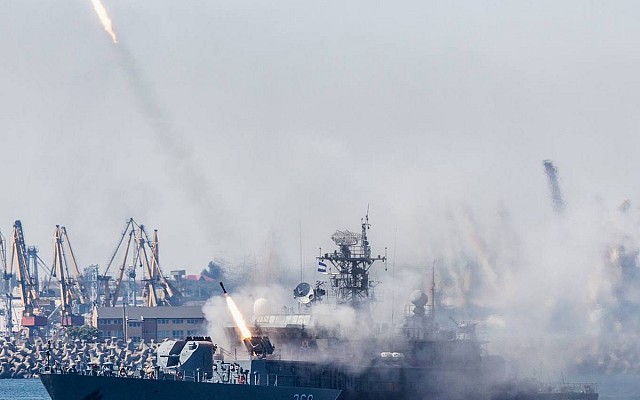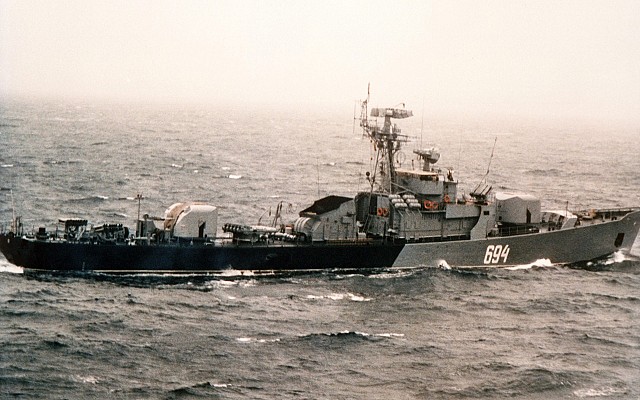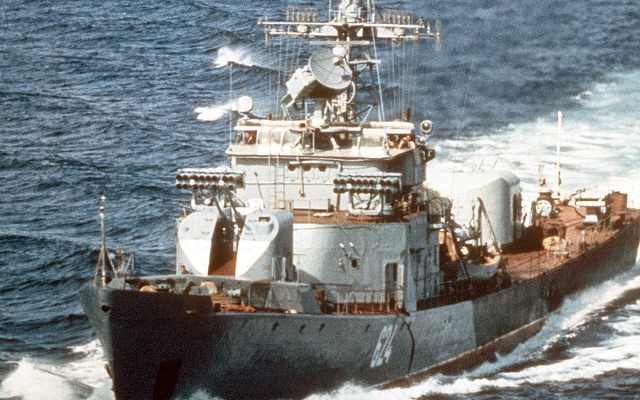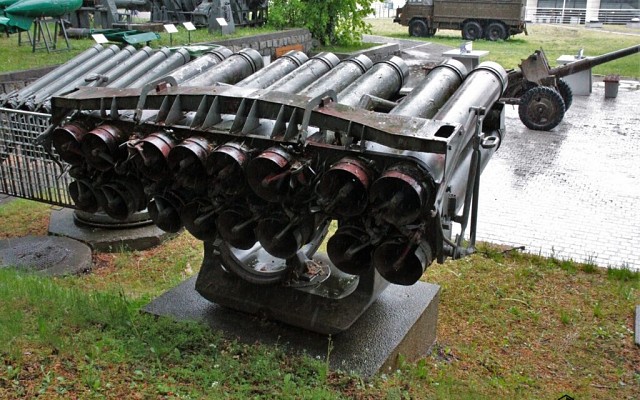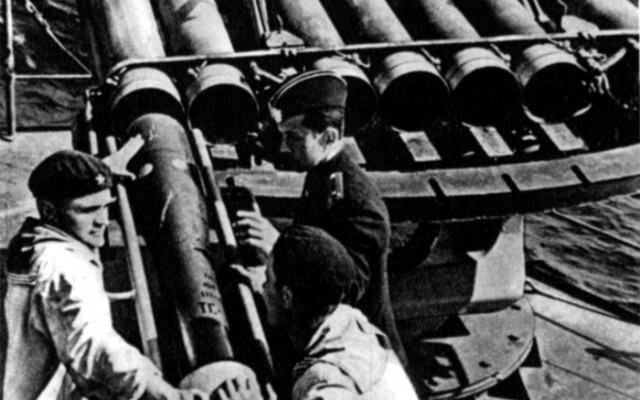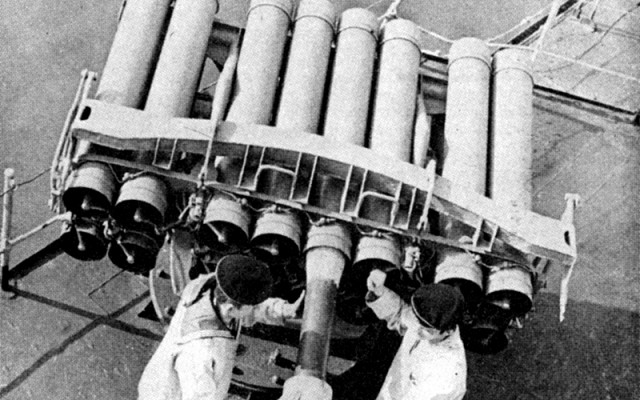RBU-2500 Smerch
Overview
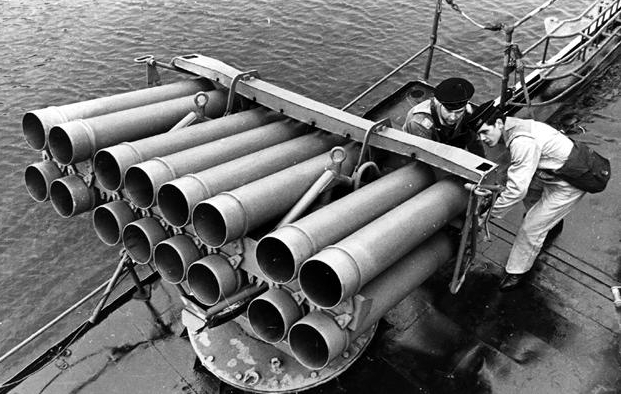
RBU-2500 Smerch
Crew seen reloading a 16-tube launcher of the RBU-2500 Smerch naval ASW system.
Source: Unknown author -
© Copyright lies with original owner
Russian for "reactive charge installation"
Smerch
Russian for "waterspout"
India
Vietnam
Poland
Romania
Description
Introduction
The RBU-2500 Smerch is an early Cold War era naval anti-submarine warfare rocket depth charge system of Soviet origin. It was developed in the 1950's and was used at scale during the Cold War. The RBU-2500 bridges the gap between longer range anti-submarine rocket systems and depth charge racks that drop charges over the stern.
Design
The RBU-2500 uses a 16-tube pedestal mounted launcher. Angle and azimuth are controlled by the simple yet effective Smerch fire control system. The unguided rocket powered depth charges are launched in volleys. Reloading is done by crew on deck, which is a serious effort especially in bad weather. Reloading takes 12 to 18 minutes.
Firepower
The RBU-2500 uses the RGB-25 rocket powered depth charge. This is a lightweight unguided depth charge with impact fuse and 25 kg high explosive warhead. In 1960 a proximity fuse option was introduced. The rockets are launched in volleys of 8 or 16 rockets.
Fire control
The Smerch fire control system uses sonar target inputs and calculates azimuth and elevation of the launcher(s) accordingly. Soviet estimates for the destruction of a known target submarine are 20 to 40% with a volley of 16 rockets and 55 to 65% for a volley of 32 rockets.
Platforms
The RBU-2500 was intended for larger Soviet vessels, such as frigates and destroyers. The introduction of the more capable RBU-6000 Smerch-2 less than a decade later saw a rapid shift to that more capable system.
Details
System composition
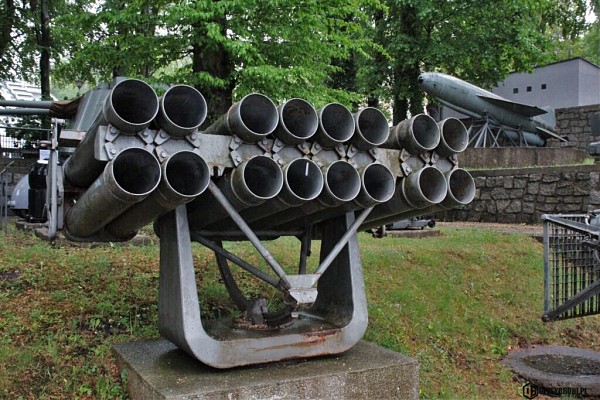
RBU-2500 Smerch
Forward view of 16-tube launcher of the RBU-2500 Smerch on display in a museum in Poland.
Source: www.opisybroni.pl -
© Copyright lies with original owner
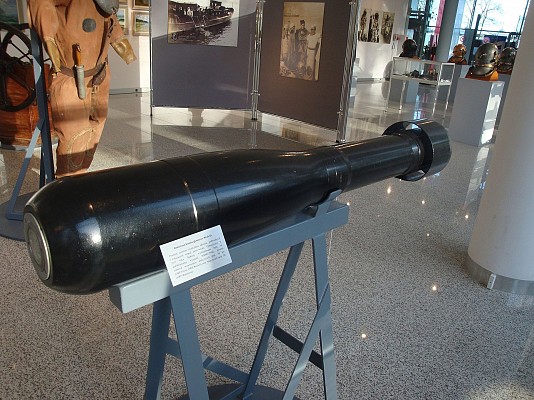
RGB-25 rocket powered depth charge
A 212mm RGB-25 rocket powered depth charge on display in the Museum of Polish Navy in Gdynia.
Source: Ciacho5 -
© CC BY-SA 3.0
Ammunition types
Media
Related articles
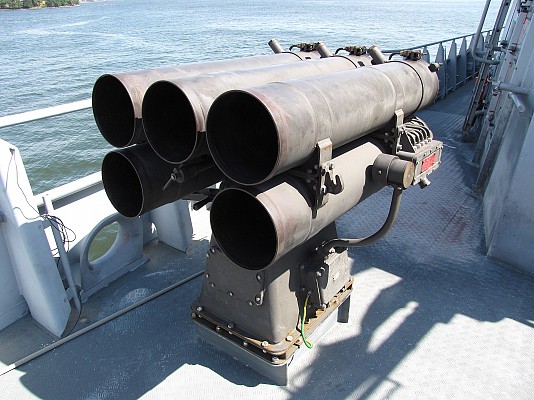
RBU-1200 Uragan
The smaller RBU-1200 was developed at the same time as the RBU-2500. The RBU-1200 is a short range fixed mount system for smaller coastal craft, whereas the RBU-2500 was developed for larger vessels at sea.
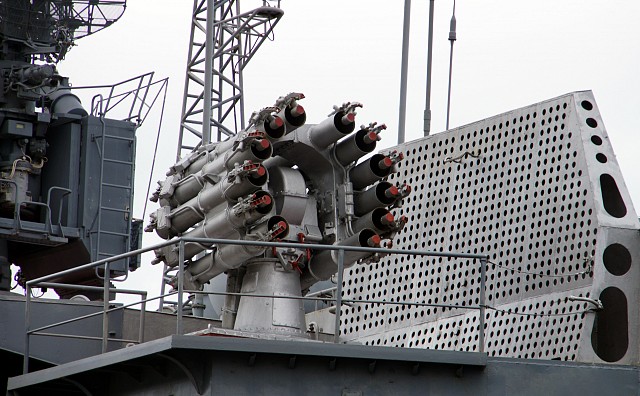
RBU-6000 Smerch-2
Successor to the RBU-2500 with twice the range, improved fire control and automatic reloading from below deck magazine.
